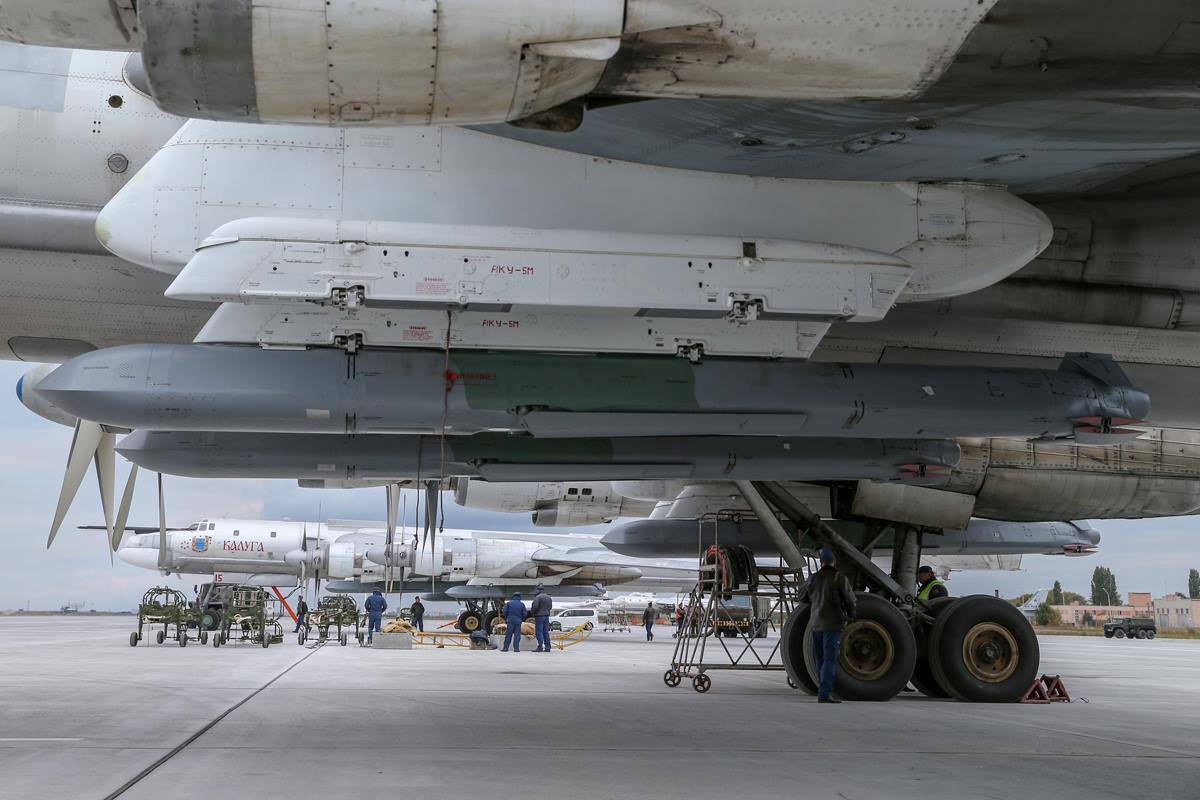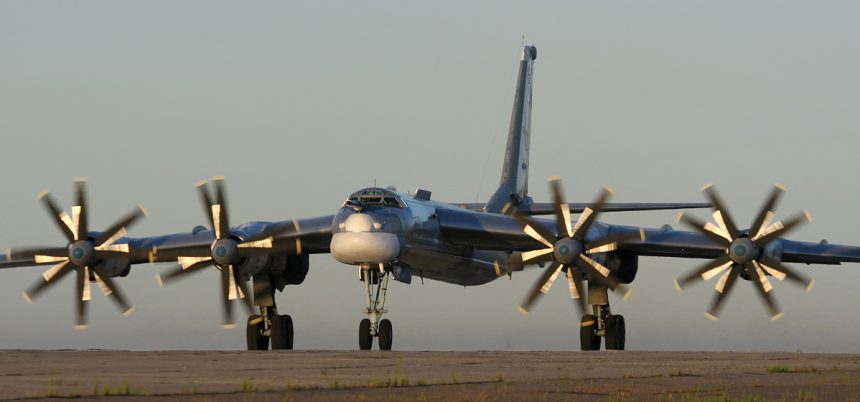Cruise Missile Attack from Russia Avenges Lieutenant General Valery Asapov Death.
Russian long-range Tupolev Tu-95 “Bear” bombers launched cruise missile strikes against targets said to be controlled by Daesh Takfiri terrorists in the Syrian provinces of Deir al-Zour and Idlib on Sept. 26, 2017.
The strikes were largely in retaliation for the death of a high-level Russian commander in the region, Lieutenant General Valery Asapov. Asapov was most recently reported as commander of the 5th Red Banner Army. He was posted to Syria on special assignment as a senior military adviser. Lieutenant General Asapov died in a mortar attack by Daesh terrorists during operations outside Dayr al-Zawr over the weekend. Asapov’s death happened approximately 450 kilometers (280 miles) northeast of Damascus, the Syrian capital. Some Russian internet blogs have partially blamed U.S. interference, including intelligence leaks in the region, for Lieutenant General Asapov’s death.
The bombers that conducted the long-range cruise missile strikes were Russian Air Force Tu-95MS “Bear H” or “MSM” version aircraft likely belonging to the 184th Guards Heavy Bomber Regiment, named the “Sevastopol” regiment, after the historic siege of Sevastopol from 1941-42. The aircraft are the most modern examples of the aging Tupolev turboprop strategic bomber that first flew in 1952. The TU-95MSM first saw combat over Syria in November, 2016.
The Russian Tu-95 is roughly analogous to the U.S. B-52 Stratofortress eight engine all turbojet strategic bomber that made its first flight in the same year. By contrast, the Tu-95 uses four unique turboprop powerplants turning large, counter-rotating propellers. The Russians settled on turboprops with the Tupolev trademark contra-rotating propellers to improve un-refueled range while maintaining relatively high speed. Benefits of the Tupolev/Kuznetsov powered turboprops include relatively high speed and extremely long-range. The TU-95 has an unrefueled range of 9,400 miles compared the U.S. B-52 range of “only” 8,800 miles, roughly 7% less range than the “Bear”. Speeds between the U.S. B-52, B-2 Spirit stealth bomber and decidedly non-stealthy Tu-95 are similar, with the B-52 having a top speed of about 644 MPH, the B-2 Spirit at about 628 MPH and the Russian TU-95 at a relatively competitive 575 MPH even with its turboprop engines compared to the jet-powered B-52 and B-2. Top speed difference between the Russian Tu-95 and the American B-2 is only about 8%.
The Tu-95MS bombers used the new Russian KH-101 cruise missile in the attacks on Deir al-Zour and Idlib on Tuesday.
The KH-101 is a recently developed long range cruise missile roughly analogous to the U.S. Tomahawk family of cruise missiles. Eight KH-101 cruise missiles can be carried by a Tu-95 bomber, although video from the recent Syrian strike only showed four of the missiles on the Tu-95 MS aircraft.

The KH-101 cruise missile has an effective combat range of 2,790-3,000 miles (about 4,500+ kilometers) and can carry a variety of different warheads depending on the target to be struck. This newest of the Russian cruise missiles is reported to have low-observable (“stealth”) characteristics and is capable of adjusting its targeting while in flight to the assigned target. It’s accuracy is reported as “within 10 meters”. Russian media reports showed the missiles striking large buildings as well as encampments in the Syrian desert.
The Russian Bear/KH101 strikes on Deir al-Zour and Idlib were escorted by a number of some version of Sukhoi Su-27 fighter aircraft as the strike package flew over Iran and Iraq on the way to the missile launch point.
Top image credit: Russia Air Force









